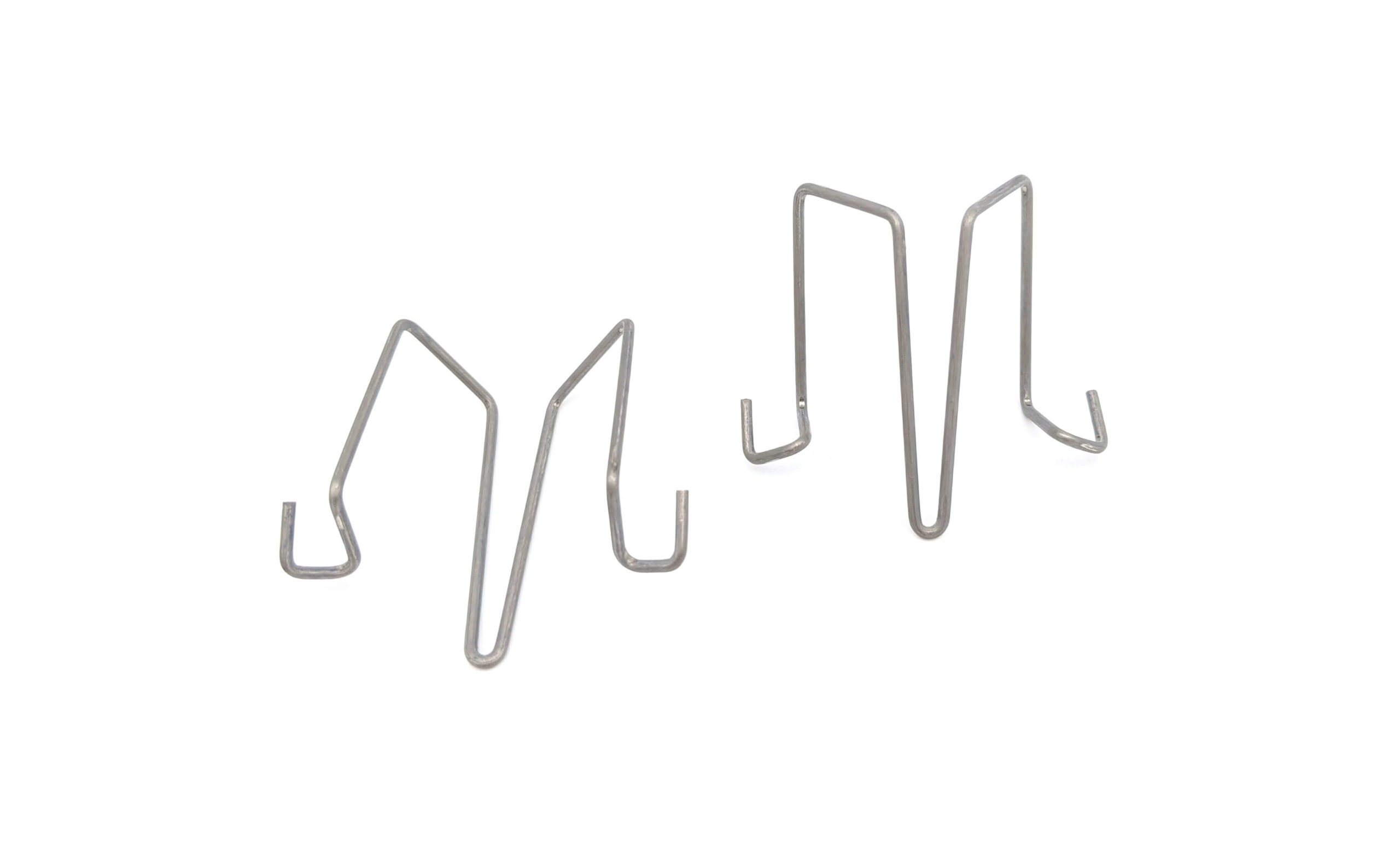Get unique, complex parts easily. No matter your requirements, Chaoyi Spring creates hard-to-produce coil springs and wire forms.
Let us help you create the custom wire form you need, from S-hooks and J-hooks to utility hooks and more.
We work closely with customers across a wide range of industries, helping them design and manufacture made-to-order parts.
Why choose Chaoyi Spring? We prioritize customer-focused collaboration, modern equipment and the latest technology to make your parts per print.
Find the information and guidance you need, from measuring a spring to learning about materials, placing an order and much more.
Have you ever wondered how waves travel through a medium? One way to visualize this fascinating phenomenon is by creating transverse waves in a spring. This simple experiment allows us


Have you ever wondered how waves travel through a medium? One way to visualize this fascinating phenomenon is by creating transverse waves in a spring. This simple experiment allows us to observe the wave's motion, understand its characteristics, and explore the relationship between wave properties and the medium it travels through. In this article, we'll delve into the mechanics of transverse waves in a spring, examining how to produce them, their key features, and the factors that influence their behavior.

Before we dive into the specifics of creating waves in a spring, let's first understand the concept of transverse waves. In simple terms, a transverse wave is a wave where the particles of the medium oscillate perpendicular to the direction of the wave's propagation. Think of a rope tied to a fixed point. If you flick the rope up and down, you create a wave that travels along the rope. The particles of the rope move up and down (perpendicular to the rope's length), while the wave itself moves horizontally along the rope.
Transverse waves are characterized by several key properties, including:
Now, let's get practical! To produce transverse waves in a spring, you'll need a long spring (the longer, the better) and a bit of space. Here's how you can do it:
As you experiment, you'll notice that:
Let's dive a little deeper into how the characteristics of the spring itself influence the waves it produces. Here's what to consider:
Transverse waves are not just a fun thing to observe. They play a crucial role in various natural phenomena and technological applications. Here are a few examples:
Creating transverse waves in a spring provides a fascinating hands-on experience for understanding how waves travel through a medium. By varying the flicks and observing the resulting waves, you can explore the interplay between wave properties and the medium's characteristics. This simple experiment, though seemingly basic, opens doors to understanding complex phenomena like light, sound, and seismic waves, which shape our world in profound ways.
So, the next time you encounter a spring, remember that it holds the potential to create captivating waves. By experimenting and observing, you can unlock the secrets of wave propagation and appreciate the intricate role of waves in our universe.
Browse some of the custom wire forms and springs that we manufacture. Don’t see what you need? We specialize in made-to-order products that meet your application requirements.
Visit Our GalleryNeed a custom wire form or coil spring? We make it work. Fill out the contact form and a representative will respond within 1 business day. If you have a PDF or CAD file, you can submit to request a quote.